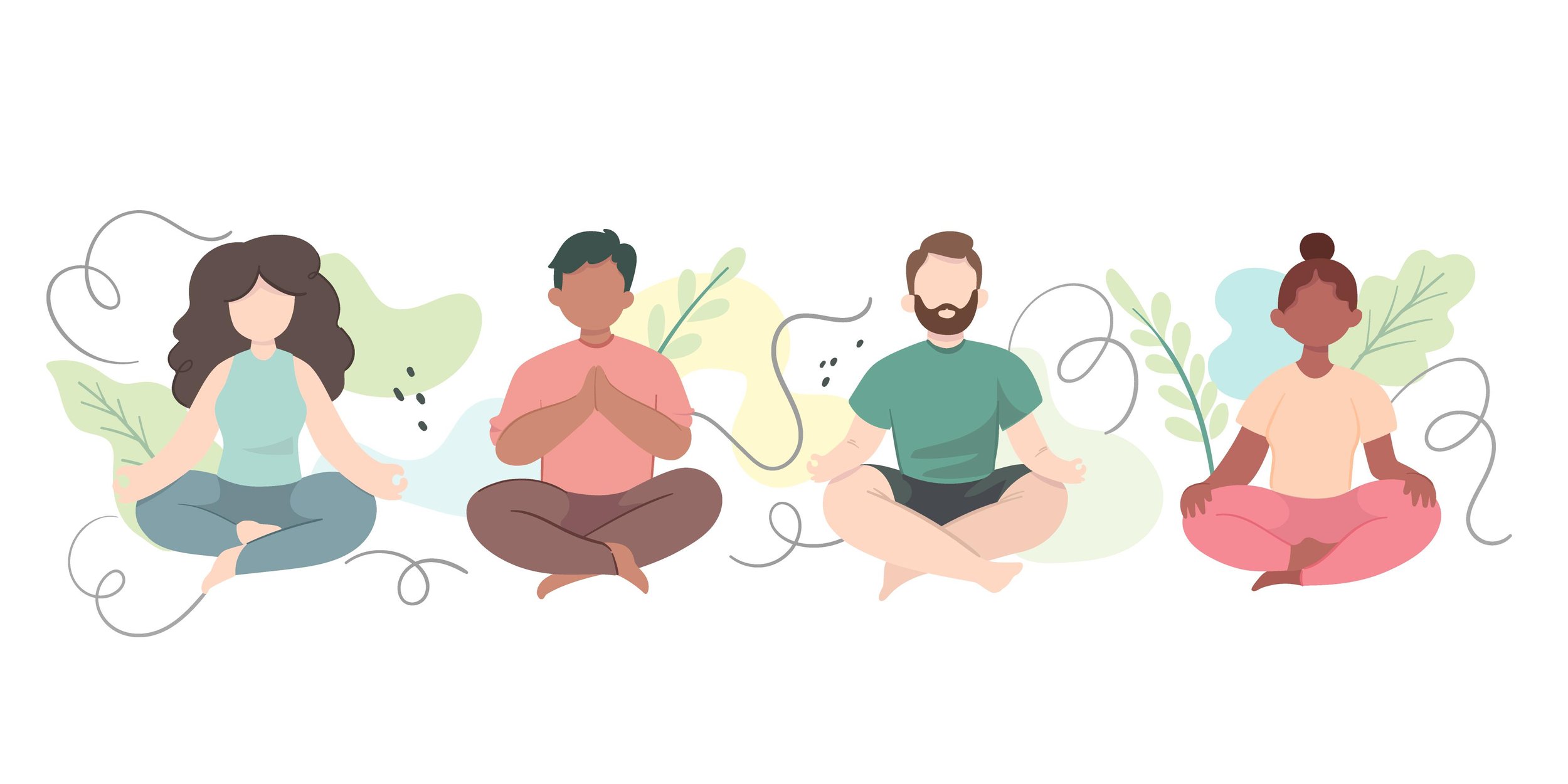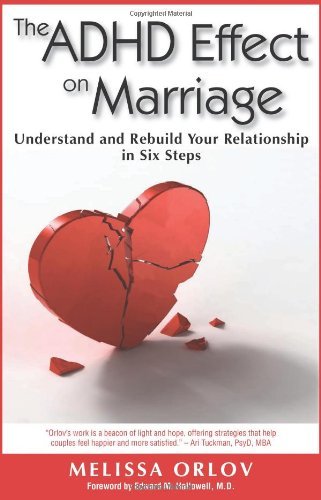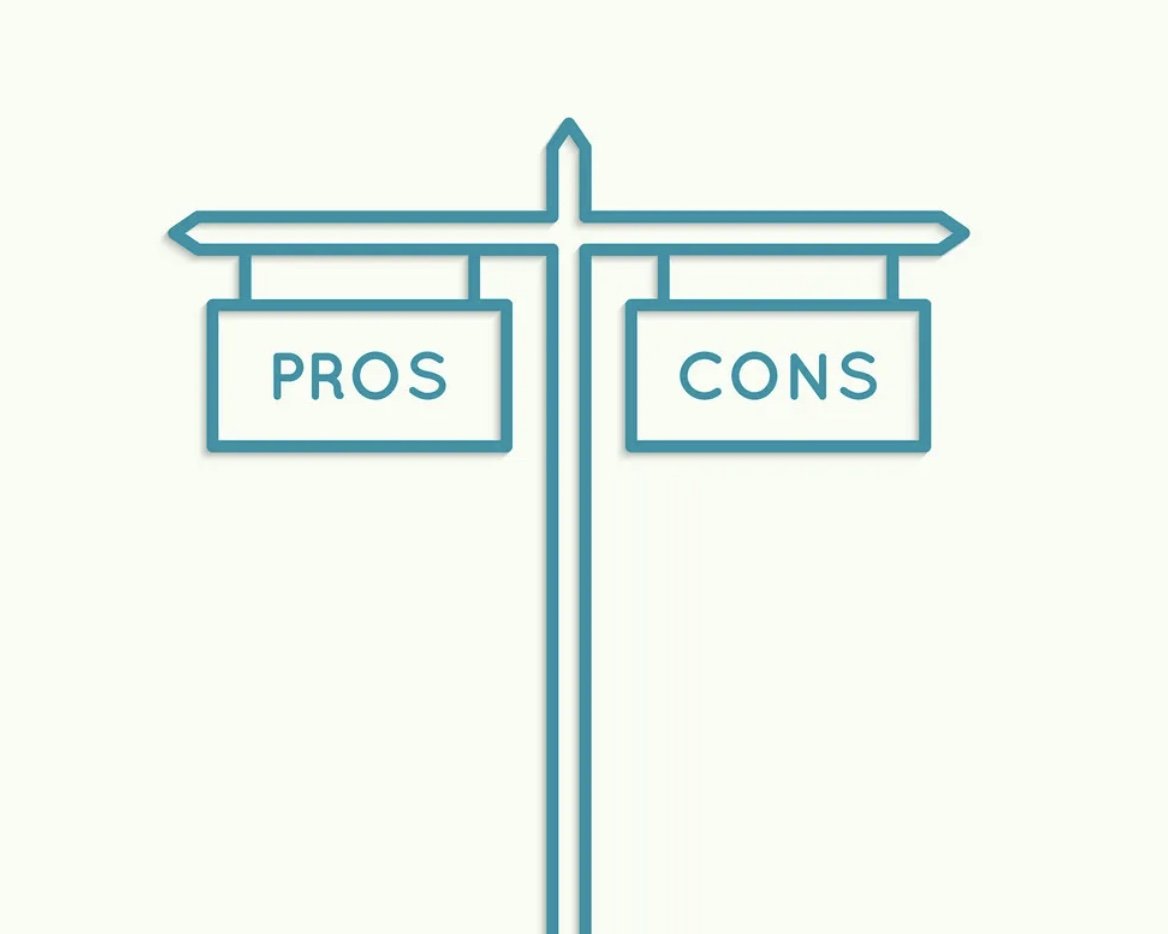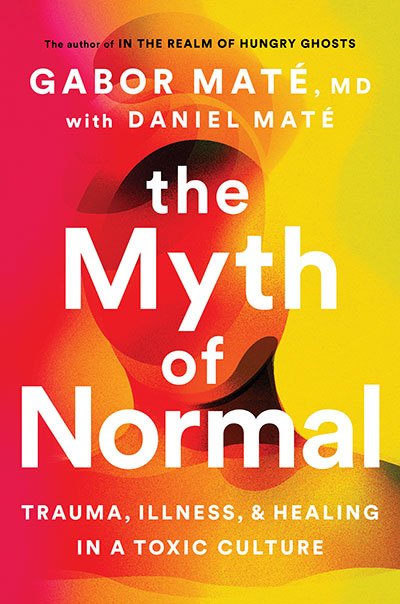I’m not sure if anyone has told you lately, but... You aren’t a bad person if you struggle to keep your home nice and neat.
Lately, I’ve been reading this book called “How to Keep House While Drowning: A Gentle Approach to Cleaning and Organizing” by this really awesome LPC named KC Davis. In her book, she talks about an idea that seemed radical to me- housekeeping tasks are care tasks & care tasks are morally neutral. A lot of us may have grown up in homes where we were punished for having a messy room or for not cleaning up after ourselves after playing with toys etc... The tricky part is, when we’re young, we don’t realize that getting in trouble is often more about our caregivers’ relationship to mess than it is about us. So instead, we think “oh it is hard for my caregiver to love me when my room is a mess, I’d better clean up” thus internalizing shame about mess. Maybe caregivers didn’t intend to send that message, but that’s how it is often received. And while messiness doesn’t automatically equal “we are bad people,” it can sure feel that way when you are in trouble and maybe are called names like “lazy” on top of it.
Flash forward to you as an adult. No wonder you’re dreading some of the cleaning. You may not have ever developed a positive relationship with cleaning because it may have always made you feel inadequate. So of course, there would be times where you avoid it! Who WOULD lean into situations that make them feel unworthy or not good enough? Avoiding things that make us feel bad is normal.
So how can we help make our cleaning, organizing, and home management tasks feel “better”?
One of my favorite things KC proposes in her book is an approach to cleaning that she calls “The Five Things Tidying Method.” I think it’s pretty accessible for lots of folks so I thought I would paraphrase the steps for you in this blog:
Look around at your “messy” space. According to KC, everything in it can be broken down into 5 categories: 1. Trash, 2. Dishes, 3. Laundry, 4. Things that have a designated place but are not in their place, & 5. Things that don’t have a place.
1. First you start with just gathering all the trash together. You do not take it out yet.
2. Then you find all the dishes in the living room, kitchen, bedrooms, etc. and place them next to the sink. You do not wash them yet.
3. Next you grab a laundry basket of some kind and put all the clothes, accessories, and shoes in it that you can find scattered throughout the house. Put the baskets next to your trash pile. You might have more than one basket of “clothes” and that’s okay.
4. After that, go to each space in your home where things have a designated spot. (Desks, shelves, bathroom counters, etc.) Put each of those things in their assigned spot. If you come across anything that doesn’t have a place, put it in a pile. Stop in one area, put things away in that area, and gather a pile of misfit items. The result will be a lot of somewhat tidy areas with the exception of small piles of things that don’t have a place.
5. Next, you get to reassess each of those placeless items. You can decide if something is clutter or if it is important enough to get a permanent place. Some of those items will have a place but in a different area of the house. Put them away if that is the case.
6. Finally, take the trash out. Put the laundry bin in the laundry room (or somewhere out of the way, but where you will still be able to see it and remember to do the laundry later). Now you will have a space that feels more livable. Excellent job you! Save the dishes for another day.
So many people feel like if they can’t keep a home pristine clean all the time, they are somehow not worthy. That is simply not true. And when tasks pile up at home and things look/feel cluttered, that can be incredibly stressful and demotivating at the same time. The “5 things method” is great because rather than looking around and trying to prioritize every item and decide which tasks to tackle first, you have an outlined order that you can keep coming back to. For example, you can scan the living room space for just dishes and put those near the sink rather than trying to grab every single thing you see and run around the house putting them away. And as you go through KC’s method, things will naturally feel less cluttered, and you may start to feel more encouraged by the progress you’re seeing.
The other great thing about this approach is you could stop after step 1 or 2 and save the rest for another day. Doing all the steps in one day does not make you inherently “better” than the you that only has the time/energy/bandwidth to do steps 1-3. Jussayin.
If shaming yourself into cleaning worked, it would have worked already, yes? And you’d have a constantly immaculate home every day to show for it. But at what cost? And sure, sometimes we convince ourselves that we “need to be hard on ourselves in order to get things done”, but if you could get things done and NOT feel like crap, wouldn’t that be nice? Because let me tell ya, you deserve it. Both a space that feels livable to you, AND a sense of freedom from the shame cycle.
Resources:
KC’s Book
KC’s Website
• She has lots of tips & resources for new self-compassionate ways to approach the various parts of your life
• If you’re more of a “learn from Tik Tok” person, she has some of her TT content on there also!
• This is not a sponsored post, lol. I’ve been reading this book and having some revelations that I wanted to share. 😊




















